
The World of Antique Microscopes: A Closer Look

The World of Antique Microscopes: A Closer Look
The world of antique microscopes is an exciting one that sits at the intersection of science and collecting. Vintage microscopes are attractive to behold, often made of beautiful brass and carrying many beautiful engravings.
They are also interesting to use, as you can examine a tiny world that exists outside of your regular visibility. Moreover, they are also an important piece of science history, as these pieces are living proof of the many scientific advances that microscopes have experienced since their inception.
Follow along as we explore the world of microscopy, the antique and vintage microscopes, the history of these scientific instruments, and our best tips for collecting antique microscopes.
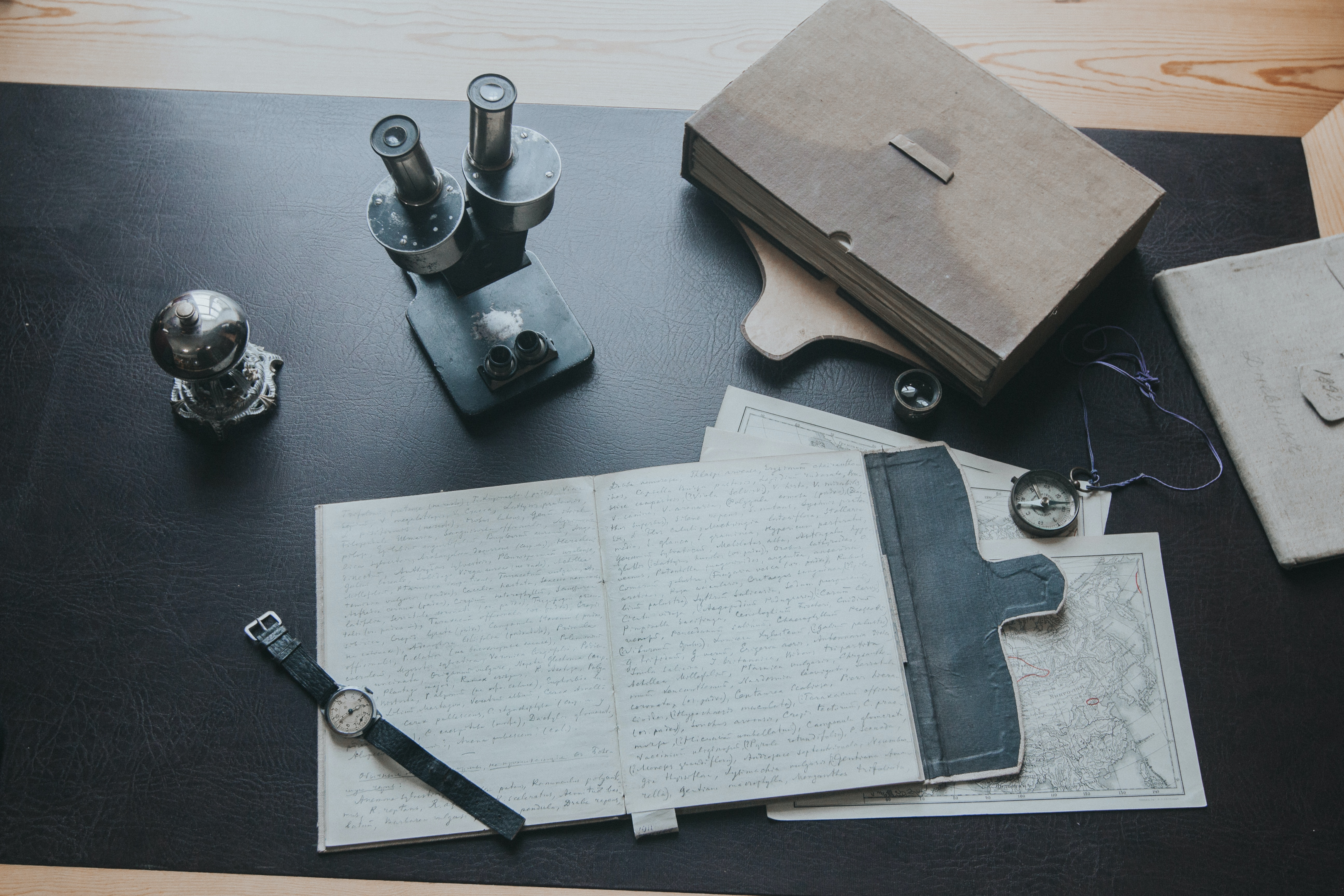
Microscopic Marvels: A Journey Through Scientific History
Early microscopes date back to the 16th century, when two Dutch makers of spectacles developed the first microscope in 1590. They were quite simple in design, using a single lens to magnify small items. In 1667, Robert Hook published the famous book, “Micrographics,” which shares his studies conducted with a microscope. In 1675, Anton van Leeuwenhoek examined insects and was the first to observe bacteria.
Over the centuries, the design of the microscope has become ever more complex. Therefore, the microscope was in invaluable tool in scientific research by the 19th century, with folks such as Ernst Abbe, Richard Zsigmondy, and Frits Xernike all making valuable contributions.
Antique microscopes were often handmade and had ornate engravings. Accordingly, manufacturers usually chose brass for its durability and stunning appearance. Some well-known microscope makers include Carl Zeiss, Ernst Leitz, and Bausch & Lomb.
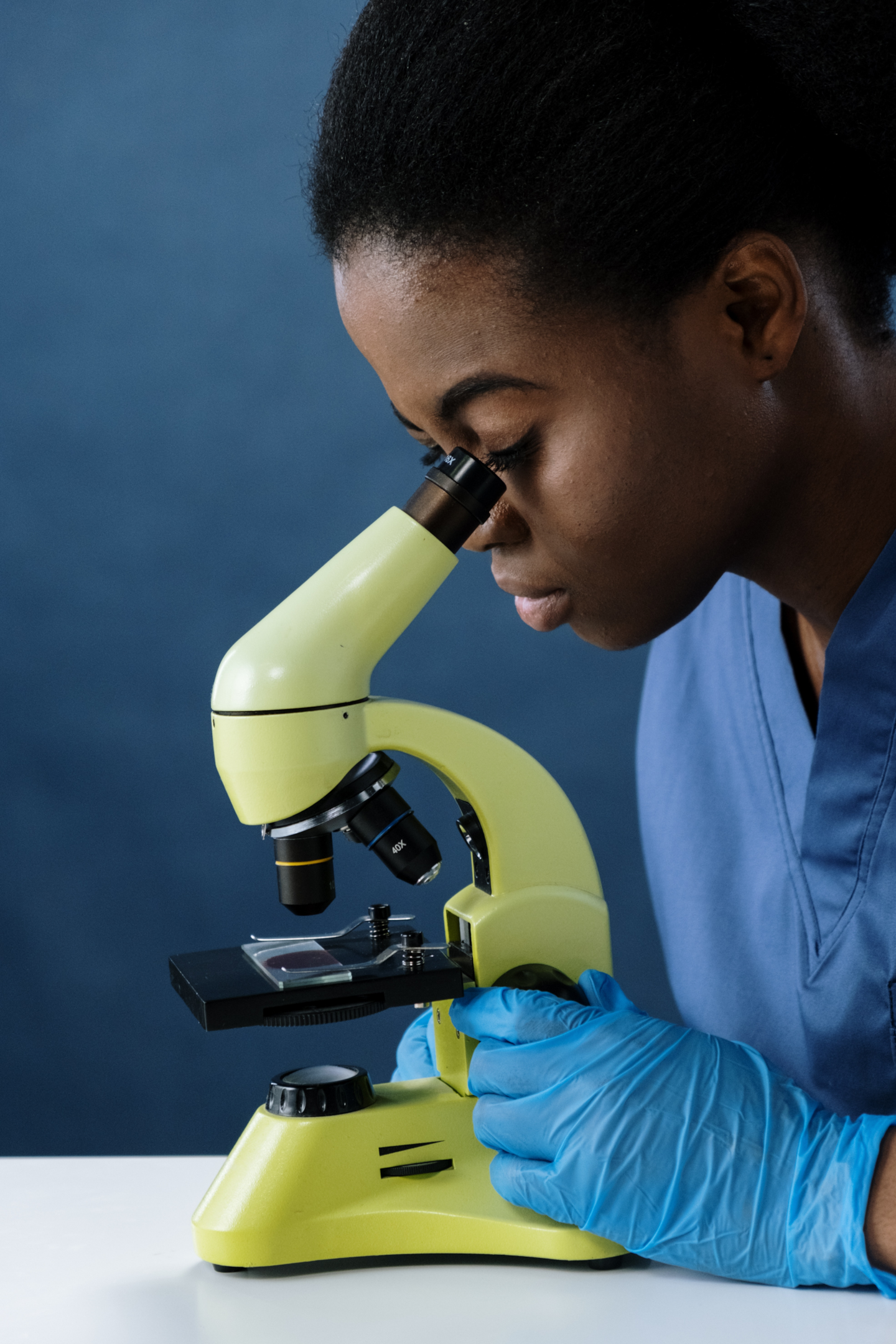
Antique Microscopes and their Design
Obviously, antique microscopes came in many different styles, but these four were the most common:
Simple Microscope: This early microscope device featured a single lens that was mounted on a stand.
Compound Microscope: The most commonly used instrument in the present day, compound microscopes use two or more lenses to magnify objects.
Stereoscopic Microscope: Ideal for looking at small objects such as minerals, stereoscopic microscopes utilize two optical paths to create a 3D image of the object they observe.
Polarizing Microscope: This type of microscope utilizes polarized light to examine different objects. They are commonly used in geology and materials science.
Microscope Manufacturers: The Companies that Produced Them
There were two prominent makers of antique microscopes that were renown for their work. Learn more about each of these companies!
Zeiss Microscopes
Launched in 1847, the company, run by German lens crafter Carl Zeiss, started out building single lens microscopes. In 1857, they began building compound microscopes, made of brass and with black bases.
Later, designs utilized a draw-tube coarse focus and a fine focus controlled by a knob. Likewise, an even greater improvement was the addition of a rack and pinion coarse focus and a graduated wheel fine focus.
Zeiss microscopes were considered some of the best of their day.
Bausch and Lomb Microscopes
Jacob Bausch and Henry Lomb came to the United States from Germany in the mid 1800s, and they started out producing eyeglasses. Pretty soon, they were producing single lens microscopes, and then compound microscopes by 1974.
Methods used to focus the microscope included a crew thread focus control on the nose of the barrel, followed by a draw tube and a rack and pinion system.
These were typically made of brass. They designed the first well-known binocular microscope in 1883.
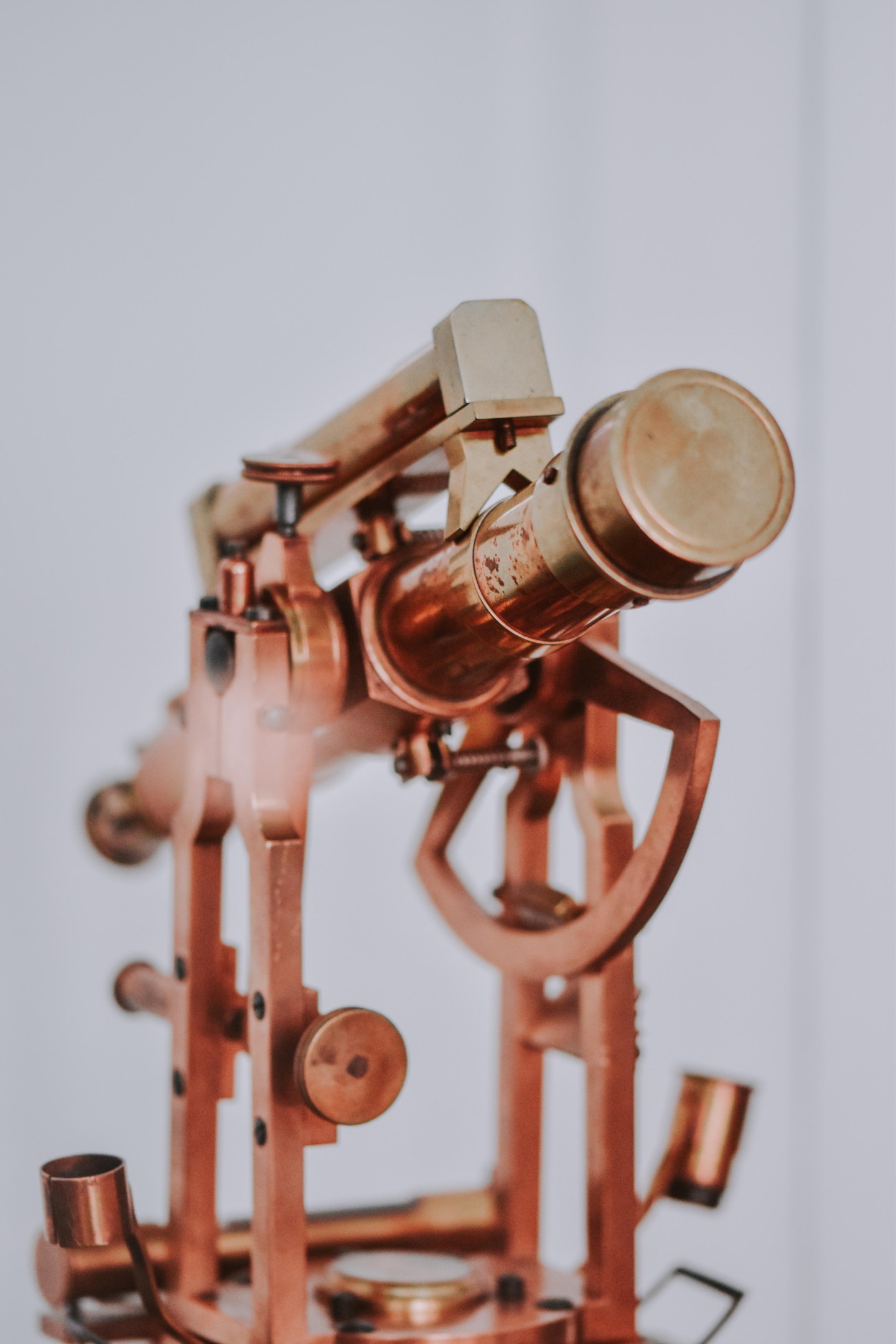
How to Identify Antique Microscopes
If you want to get started collecting antique or vintage microscopes, it’s important to know how to get started. Here are a few tips for delving into the exciting world of microscopes!
Understanding Basic Microscope Design: Consider taking some time to learn the different kinds of microscopes and their applications, as well as how they are put together.
Learn About Popular Microscope Makers: Well known makers include Carl Zeiss, Ernst Leitz, and Bausch & Lomb. Learn about their history and how they have built microscopes over the years. This will help you to identify their age and origin.
Examine the Microscope for Markings: Engravers often mark antique or vintage microscopes with the maker’s name, model, or serial number, which aids in their identification.
Talk to Experts: Seek out online experts or communities if you are not sure about your microscope. There are plenty of people who know about this area of interest, and their knowledge can help you in your quest.
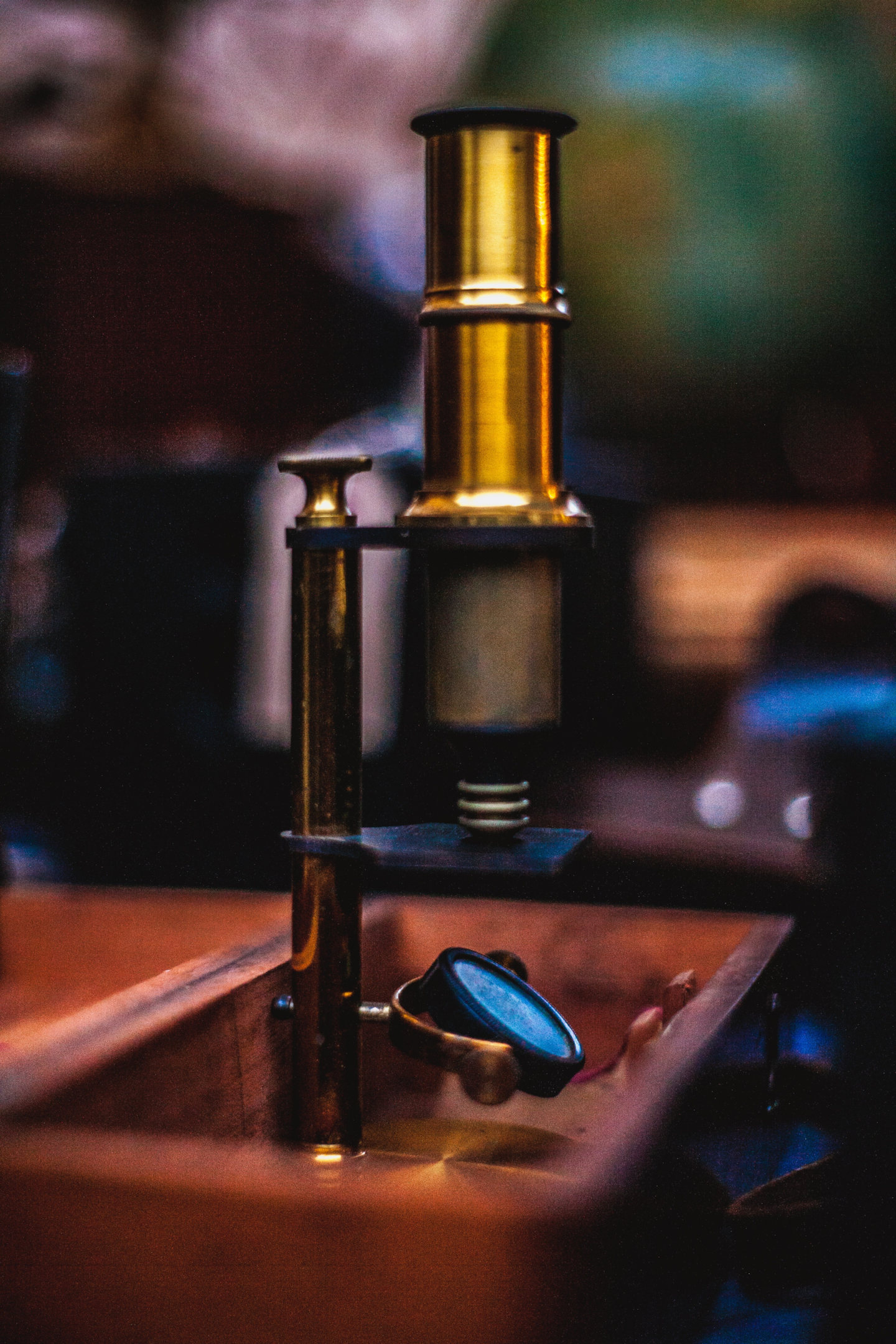
FAQ:
Why do people collect antique microscopes?
Collectors value antique microscopes for their unique designs and craftsmanship. Craftsmen often construct them from brass and incorporate intricate carvings and stunning details. Also, besides their aesthetic appeal, enthusiasts also value early microscopes as pieces of scientific history. The importance of preserving the past attracts many collectors to this hobby.
How can I start my own antique microscope collection?
Start by browsing the internet or scouring antique scores for pieces to add to your collection! Conduct your own research to learn more about the different models of microscopes that are available and their market value.
You can find this information online or consult with an expert in the field.
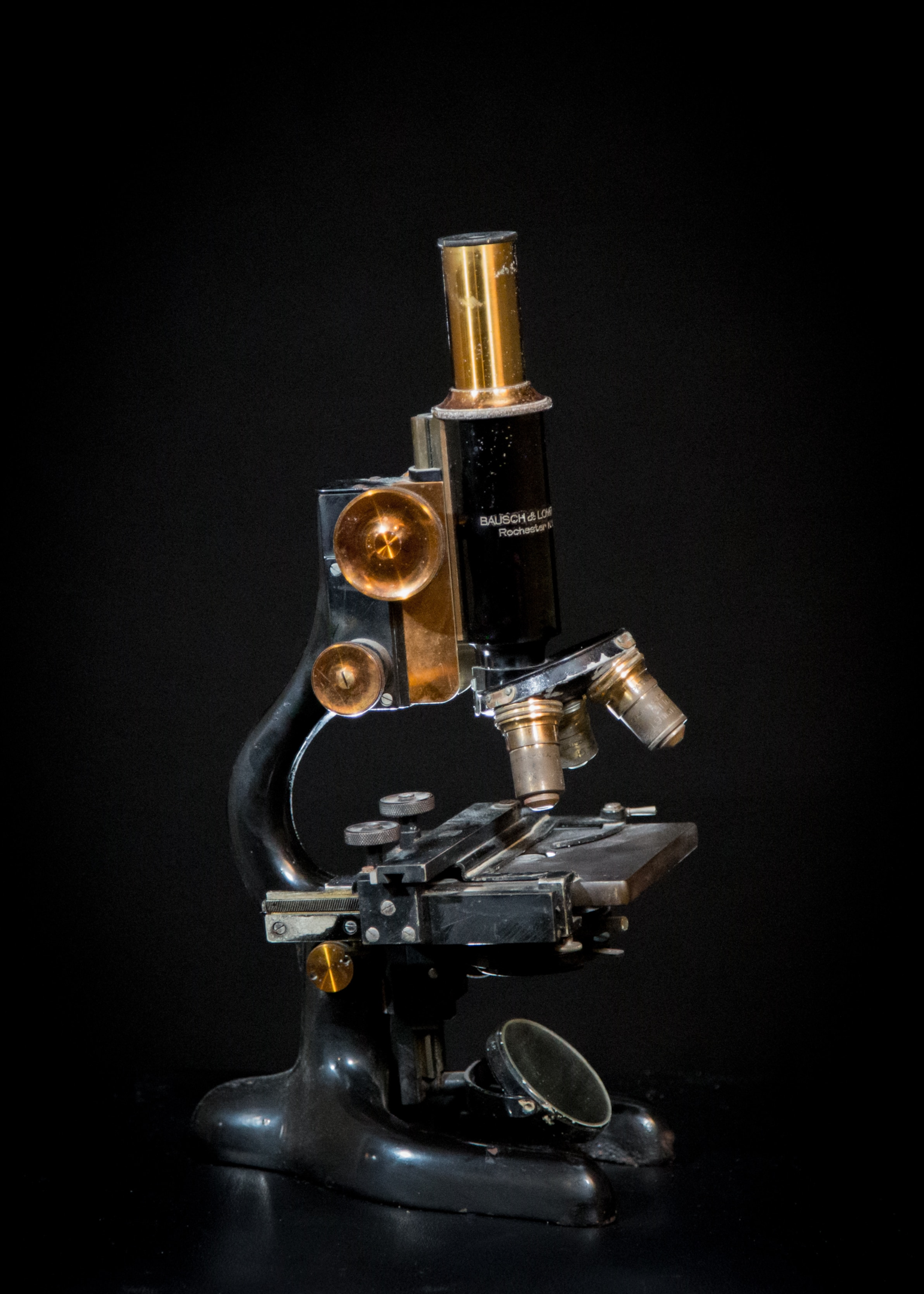
Sources
https://www.marks4antiques.com/term/Microscope
About Collectibles Insurance Services
Collectibles Insurance Services has been protecting collections since 1966 and all coverage is provided by a carrier with a group rating of “A” (Excellent) by AM Best, the leading rating agency for the insurance industry.
Comprehensive coverage includes, but is not limited to: accidental breakage, burglary, fire, flood, loss in the mail, theft, natural disasters, and other causes of loss unless specifically excluded from the policy. Deductibles start at $0 for collector policies and we provide coverage for the market value of your collection for losses in excess of $50.
Additionally the protection extends At home and away, and we don't require collection itemization and serial number nor extensive paperwork and red tape.
